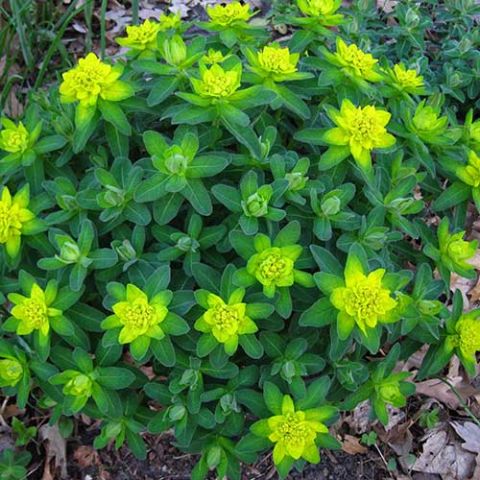 When you read the descriptions for perennial plants (whether they are located in the Perennials, Natives, Grasses, Unusual, Miniature, Herbs, or Climbers sections), keep these things in mind:
When you read the descriptions for perennial plants (whether they are located in the Perennials, Natives, Grasses, Unusual, Miniature, Herbs, or Climbers sections), keep these things in mind:
Plant size: You can assume the plants will grow to be the roughly the same width as the height shown unless noted otherwise.
Flowers and leaves: You can assume leaves are green and flowers are single and scentless unless noted otherwise.
Hardiness: We don’t list USDA hardiness zones because, in our experience, they can be misleading. Read the full explanation here.
However, if the catalog says a perennial “needs winter protection” or “winter mulch recommended,” that means it’s less likely to be hardy here, though we know gardeners who grow it successfully. If the text says “very hardy,” that means the plant is known to be hardy north of the Twin Cities. If a plant has five stars ***** it is highly rated for success in the book Growing Perennials in Cold Climates.
If you have questions about a particular plant, email us at [email protected] or stop by the Info Desk during the sale, where we will have a list with plant hardiness details.
An extra note about hardiness in shrubs and trees
Again, we don’t list USDA hardiness zones for shrubs and trees (including fruit) (full explanation here).
However, if the catalog says a tree or shrub “needs winter protection,” that means it’s less likely to be hardy here, though we know gardeners who grow it successfully. If the text says “very hardy,” that means it's known to be hardy north of the Twin Cities. If a plant has four or five stars ***** it is highly rated for success in the book Growing Shrubs and Small Trees in Cold Climates.
If you have questions about a particular shrub or tree, email us at [email protected] or stop by the Info Desk during the sale, where we will have a list with plant hardiness details.
About the Annuals section
While this section is called Annual Flowers, the plants in it are not all true annuals, which grow from seed, flower, set new seed, and die all in a single year. Many plants are nonhardy (or “tender”) perennials that cannot survive the winter in Minnesota.
In many cases, these tender perennials can be over-wintered as houseplants, under lights, in a cool room, or dormant in the basement. This Fine Gardening article has details on over-wintering plants indoors. Plants that are known to work as houseplants are marked with the houseplant symbol.
About the Native Perennials section
In this section, we use www.plants.usda.gov as our source for determining whether a species is native to Minnesota. If you’re looking for plants native to North America but not Minnesota, you’ll find them in the Perennials section.
Native plants are marked with the native symbol (the shape of Minnesota) and the source of the plant stock or seed used to grow these plants is given. Those without the Minnesota symbol are selections or cultivated varieties bred from the Minnesota species, sometimes called “nativars.” In those cases, the term “cultivar,” “selected,” or “selection” is used.
Many of these plants are first-season seedlings that will stay small their first year as they develop their root systems, not blooming until their second season in the garden. Note that there are a few native annuals in this section.